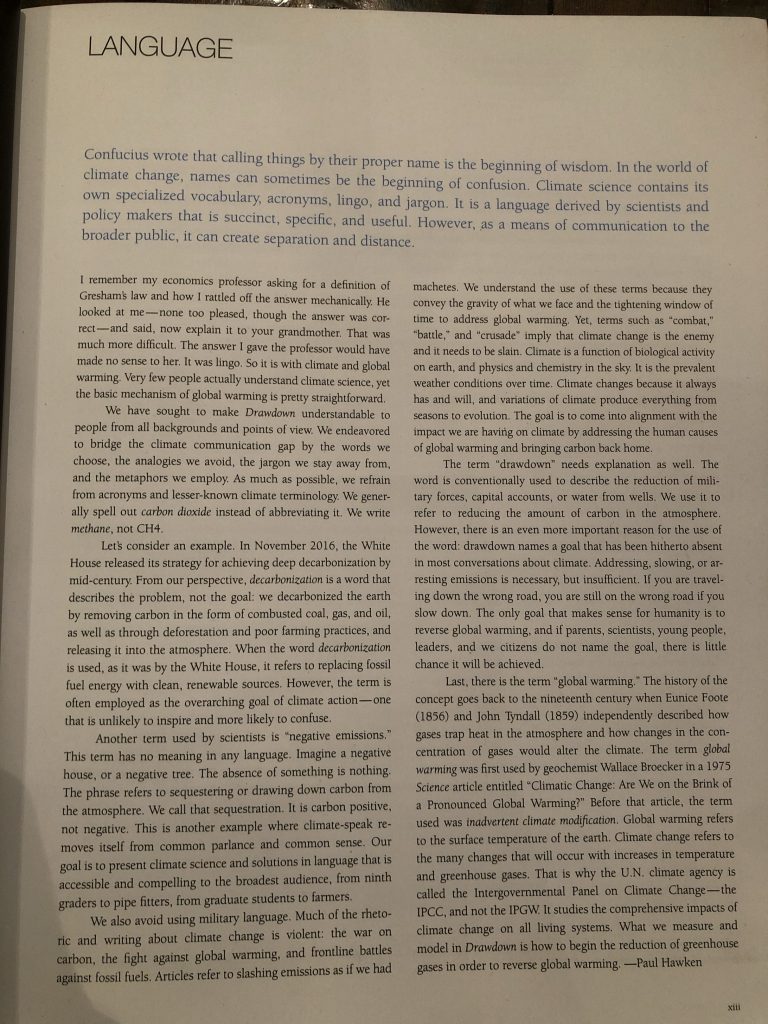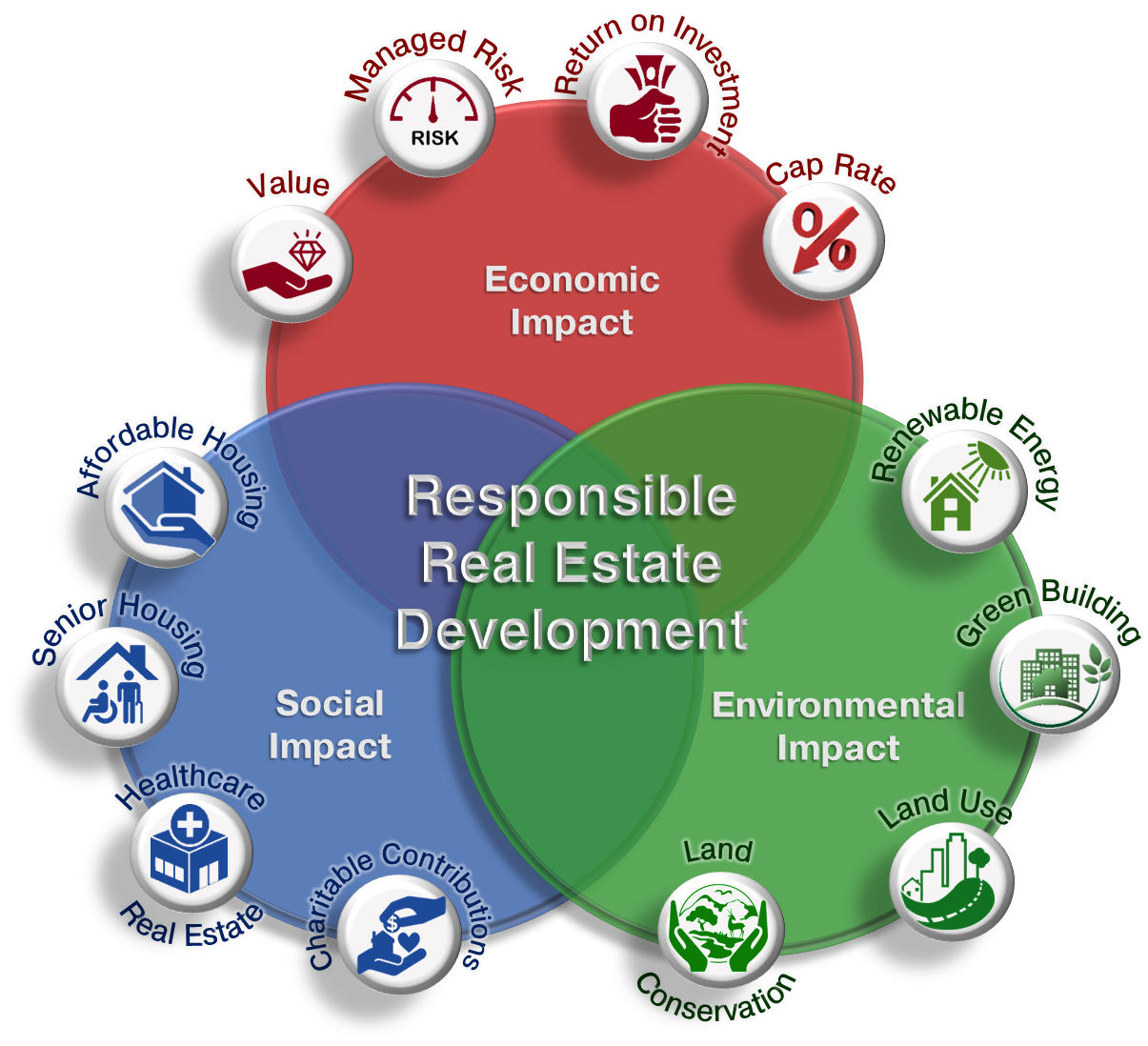Messaging Strategy for Nature Advocacy & Environmental Solutions
***PROJECT CONTENT NEEDS
ELECTRICITY GENERATION ( Our Energy )
FOOD ( Our Food )
WOMEN AND GIRLS ( Our Tribe )
BUILDINGS AND CITIES ( Our Buildings )
LAND USE ( Our Land )
TRANSPORT ( Our Buildings )
MATERIALS ( Our Buildings )
COMING ATTRACTIONS
CONCEPTS
Health of Planet & Health of the Individual: Wellness and sustainability are teaming up
We’re seeing a developing awareness about how our health and the health of the planet are inextricably tied, and 2020 will be the year that the wellness industry starts taking sustainability to a new level. From the health of our soil to low waste packaging, sustainability will play a leading role in the wellness industry in 2020, with a rising awareness that the health of our planet is fundamental to our individual health.
We saw the rise of the wellness industry’s focus on gut health in 2019, and in 2020 consumers and brands alike will be exploring how our soil impacts our health as well as the planet. Organizations like Kiss The Ground are emphasizing the importance of regenerative agriculture for our soil— and healthier soil means more nutritious, healthier food as well as a healthier planet. They provide leadership training to help individuals become soil advocates, as well as training for farmers and ranchers to help to reverse the effects of climate change. Brands are integrating soil health into their priorities as well.
-
Concepts from filmmakers that are also foundational to developing an Ideal Location philosophies
- no political or religious side owns the conversation around the planet
- all of us innately know that we are dependent upon the finite natural resources of this life-giving blue marble floating in space
- allow yourselves to be made fun of for desiring a vulnerable reconnection back to nature
- when some tries to bring the conversation around economics or practicality or logic we must stay focused on the reconnection
- It starts with the reconnection to nature and then to each other
- we wanted to believe everything has a purpose
Nature will be the new medicine
While wellness is becoming more and more commoditized, in 2020 we will see the rise of using nature as a form of self-care. Doctors in Scotland are now allowed to prescribe nature as medicine to patients for conditions such as diabetes, stress, heart disease, mental illness, and more. We’re also seeing the rise of forest bathing, a Japanese-created exercise that encourages people to get out into nature (even if it’s a park in an urban setting) and use their senses to connect to the trees around them. The activity has shown documented benefits in its stress reduction as well as even the ability to increase “natural killer” (NK) cells that fight off diseases such as cancer.
Every day we make choices—about what to buy or eat, about financial investments or our children’s health and education, even about the causes we champion or the planet itself. Unfortunately, we often choose poorly. Nudge is about how we make these choices and how we can make better ones. Using dozens of eye-opening examples and drawing on decades of behavioral science research, Nobel Prize winner Richard H. Thaler and Harvard Law School professor Cass R. Sunstein show that no choice is ever presented to us in a neutral way, and that we are all susceptible to biases that can lead us to make bad decisions. But by knowing how people think, we can use sensible “choice architecture” to nudge people toward the best decisions for ourselves, our families, and our society, without restricting our freedom of choice.
Governments all over the world have been trying their best to protect the environment by implementing different means to lessen pollution and improve human health. Unfortunately, many regulatory efforts proved to be wasteful and costly, and some of them even made matters worse. In recent years, governments have shifted their focus to global environmental problems, including the sorry state of the ozone layer. Through international agreements, ozone-depleting chemicals have been banned. However, effective international controls have yet to be implemented to mitigate climate change, an issue that concerns people around the world.Can improved choice architecture and nudges help reduce greenhouse gases? It definitely can. How- ever, governments have gone beyond nudging in their attempt to protect the environment and their constituents, as regulators preferred command-and-control regulation over designing an effective choice architecture.Rather than nudging people to do what is right to protect themselves and the environment (which seems ineffective), governments have decided to impose rules and regulations.Better Incentives To help the environment, two broad approaches have been proposed:1) penalize or tax on polluters, and2) implement a cap-and-trade system where polluters are allowed to pollute in exchange for a certain amount. Most specialists believe that these incentivized approaches are more effective and efficient than command-and-control regulations.
People feel better knowing that they can do what they want by paying a certain amount than if they were to be forced to follow rules. They have the freedom not to do something if they think that the price they need to pay is too much. The choice architect must present choices that makes the choosers prefer something that would give them an economic advantage. Feedback Information It is important to divulge information that informs people how pollution- causing agents and practices can harm the environment and other humans. Information is sometimes a strong motivator.People tend to fear nothing when they are unaware of the danger that a certain decision, act, or substance can bring. At first, no one knew how dangerous smoking was; today, people are aware of the harm it does to the body, all thanks to the information that has been disseminated. Although there are still a lot of people who smoke, that number has significantly decreased as information about the effects of smoking is increasingly circulated.
Offering incentives, such as the ones presented earlier, do not restrict the freedom of the choosers and gives them the confidence to decide what is best.Due to some economic constraints, most choosers would likely decide not to further pollute the world. The choices also allow people to think about what is best for themselves and the environment. Designing effective choice architecture may require careful planning to create choices that people cannot resist choosing while at the same time making them abandon the idea of polluting the environment.
” Global Warming is a gift b/c all systems have a feedback loop. Thus we the feedback n opportunity to do something ““Right now, the attitude is that climate change is happening to us…instead of the idea that actually climate change is instead happening for us,”Throughout the talk, Hawken noted the confusion of terms that swirls around the topic of climate: decarbonization, negative emissions, climate change, global warming. There’s a need for an accessible, simple vocabulary, Hawken said, and also a need to move away from the typically violent rhetoric that surrounds the topic: the war on carbon, slashing emissions, combating global warming.“Any time you have a military metaphor, you’re saying there’s an enemy or other,” Hawken said. “That’s dualistic thinking; that got us exactly where we are.”Plus, Hawken noted, you can’t “battle” climate change. The climate is always changing in response to chemistry on earth and always has. When we refer to “climate change” as the problem, we are talking about its dramatic changes on a planet warmed by excessive greenhouse gas emissions in a very short period of geologic time.In summary: We want to reverse global warming to reduce the effects of drastic climate change. (Final answer.)“What if global warming is not an obstacle but an opportunity to innovate and reimagine everything we make and do?”There’s one more language issue: the generally guilt-inducing and apocalyptic tone that much climate writing assumes. Often, popular articles present global warming as an evil force we are unwittingly causing every day just by existing in the systems of our society, or is something happening to us that we are powerless to affect.This strips people of both agency and responsibility, unintentionally forcing readers into a victim role, simply through language.“When you put gloom and doom together with guilt, you get apathy,” Hawken noted. “Which precludes seeing global warming as an opportunity.”What if global warming is not an obstacle but an opportunity to innovate and reimagine everything we make and do? This was a thought Hawken voiced near the conclusion of his speech. What if we viewed our circumstances not as daunting, but as a worldwide cue that it’s time for something different?“Climate change isn’t a curse,” Hawken said. “It’s feedback“If you’re going the wrong way, you need to stop and turn around. Slowing down just means you’re going the wrong way more slowly.”
When he said this, audience members laughed, and Hawken smiled, but he was serious. He was talking about the need to not only arrest greenhouse gas emissions but the equally important goal of pulling them out of the atmosphere. This is what the term “drawdown” refers to — the point where atmospheric greenhouse gases peak and begin to decline year-by-year as more carbon is sequestered back into the earth.

ideal
adjective
ide·al | \ ī-ˈdē(-ə)l, ˈī-ˌdē(-ə)l \Definition of ideal
(Entry 1 of 2)
1a : of, relating to, or embodying an ideal ideal beautyb : conforming exactly to an ideal, law, or standard: perfect an ideal gas — compare real sense 1c(3)2a : existing as a mental image or infancy or imagination only broadly :b : relating to or constituting mental images, ideas, or conceptions3 : of or relating to philosophical idealism4 : existing as an archetypal ideaideal
noun
Definition of ideal (Entry 2 of 2)
1 : a standard of perfection, beauty, or excellence2 : one regarded as exemplifying an ideal and often taken as a model for imitation
3 : an ultimate object or aim of endeavor: goal
The Ideal is first used to connect the reader to their ideal place and hopefully connect to some positive emotion associated with that ideal place.
One of the most powerful concepts he shares is the idea that we need to see our ideals as GUIDING STARS *not* distant shores.We’re never going to attain a level of perfection in anything we do. But, we can use our highest ideals as a sort of North Star that keeps us moving in the right direction! 🙂As he puts it: “The optimalism ideal is not a distant shore to be reached but a distant star that guides us and can never be reached. As Carl Rogers pointed out, ‘The good life is a process, not a state of being. It is a direction, not a destination.’”
Responsible Real Estate Development.



